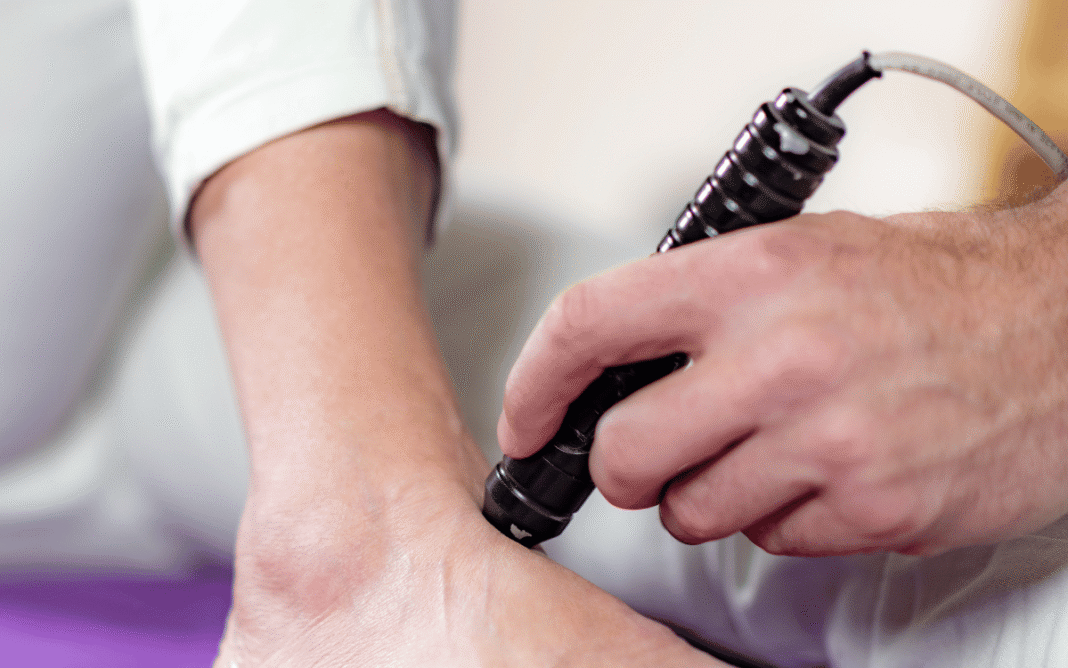Wound care is improving to help wounds heal faster and reduce complications. Wounds can happen from accidents, surgeries, or long-term health issues. Proper care is needed to help tissues repair and prevent infections. New technology is making wound treatment more effective by working with the body’s natural healing process. Here are some recent advancements and how they improve wound care:
Platelet-rich Plasma (PRP)
PRP injections are an innovative method for wound care that uses the body’s own resources. These injections are made from plasma taken from the patient’s blood, which is rich in platelets. Platelets contain growth factors and proteins that help with tissue regeneration and blood clotting.
Concentrated plasma is injected into the wound or the area around it. PRP is used for chronic wounds that take longer to heal. It promotes natural healing and may lower the risk of infection thanks to its bioactive components. Some aim to heal faster from injuries like surgical wounds. Trained healthcare professionals must administer PRP injections. Proper technique and careful application are helpful for ideal results. If you’re exploring advanced options, talk to your healthcare provider about whether PRP could be appropriate for your situation.
Laser Therapy
Laser therapy is an innovative tool in addressing a range of wound types, largely due to its non-invasive nature. This technology involves directing focused light to the affected area, which stimulates cells in the tissue. Laser treatments aim to improve blood flow, encourage cellular activity, and manage inflammation in the wound bed.
Restorative Cell Treatments
Restorative cell treatments represent a cutting-edge development in the medical field. These therapies focus on harnessing regenerative cells designed to boost the body’s natural ability to repair wounds. Wound management has contributed to therapies aimed at generating new tissue and restoring function in complex cases. Despite advanced wound care, non-healing wounds may take months to heal. This is where managing infections is needed.
Infection Management
Proper infection management is key to effective wound care because infections can delay healing and lead to complications. Improvements have made these approaches more effective. Two main strategies to manage infections are debridement and cleaning. Debridement involves removing dead, damaged, or infected tissue from the wound, which helps create a better environment for healing. Cleaning supports this process by flushing out debris, bacteria, and fluids from the wound. Working with a wound care specialist can help make sure that debridement and cleaning techniques are suited to each individual, aiming to increase the chances of successful recovery.
Get Wound Care Near You
If you’re navigating issues with wounds, particularly on your feet and ankles, it’s advisable to consult with experienced specialists. Many chronic and complex wounds, such as diabetic foot ulcers, are treated by foot and ankle doctors who can personalize care according to your needs. These professionals combine advanced technologies with practical treatment plans to help manage recovery. Arrange an appointment with a foot and ankle doctor to review your condition and discuss whether innovative approaches like PRP, laser therapy, or cell treatments are suitable for you.
- Win Online HiezcoinX2.x9: A Complete Guide to Earning Crypto While Having Fun
- childmudsss.net Review: Expert Parenting Tips, Child Development Advice & Fun Family Activities
- Cross-Platform App Development by Garage2Global
- xiangaijiaqi. com: A Complete Guide for Curious Users
- https://onlypc.net: Your Ultimate Guide to Trading, Investments, and Financial Success


